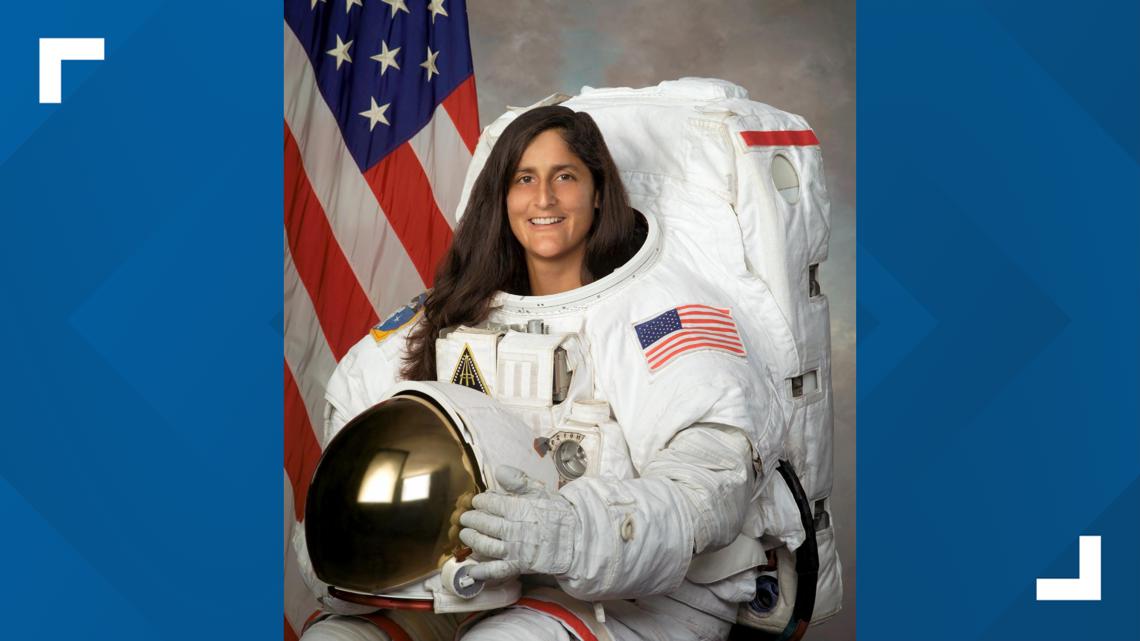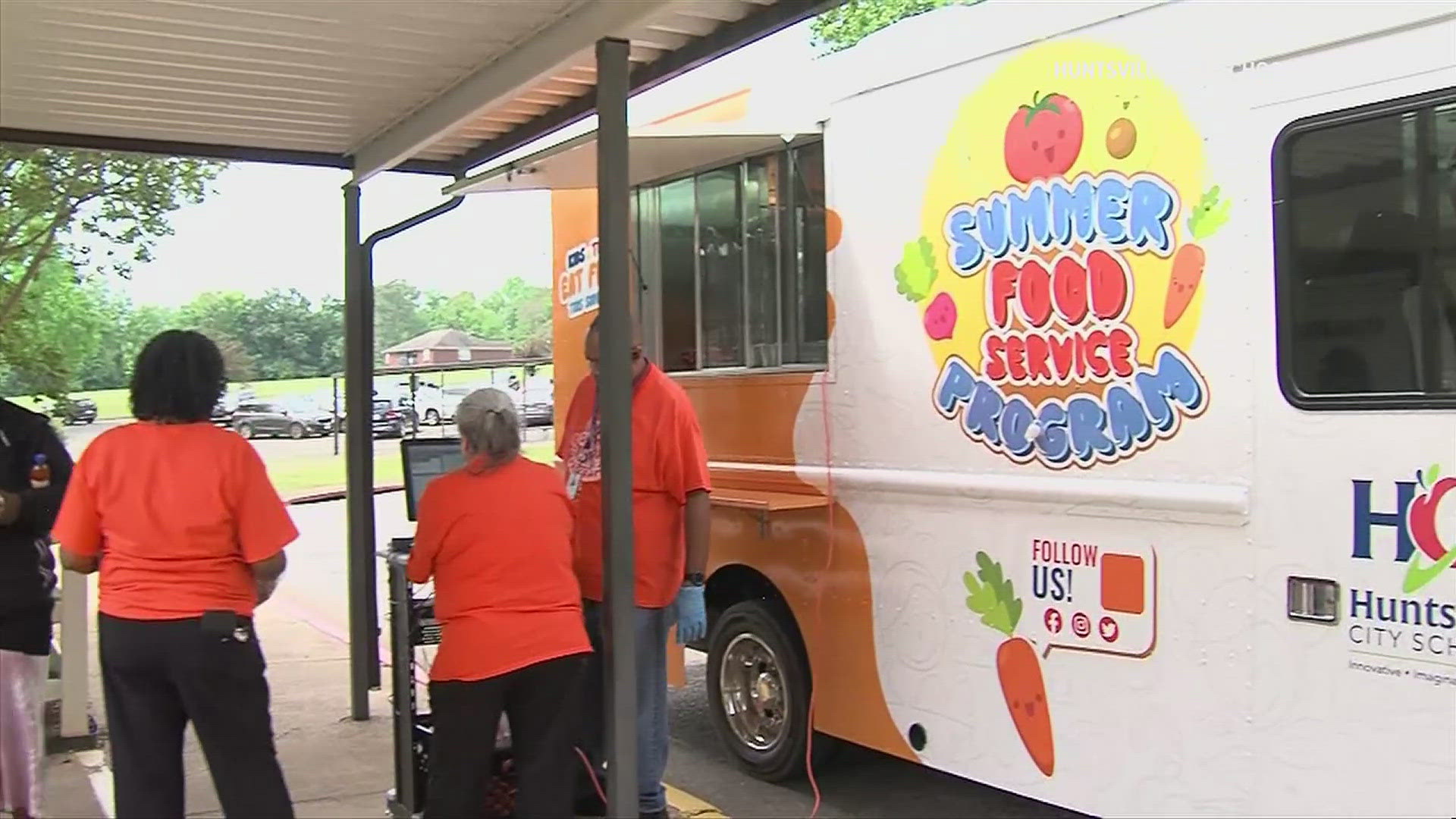CAPE CANAVERAL, Fla. — After years of tests and lessons learned, a pair of astronauts will finally get their day in the sun as they take off for the stars Monday night aboard the Boeing Starliner.
The spacecraft will embark on United Launch Alliance’s Atlas V rocket from Cape Canaveral Space Force Station to the International Space Station, in its mission to showcase its ”various systems and capabilities, including maneuvering and docking,” according to NASA.
Since its inception in 2014, the Boeing Starliner has launched into the stratosphere twice, each time proving itself more worthy of safely carrying a crew to the International Space Station. Sometime after NASA halted its space shuttle program, it awarded Boeing more than $4 billion to build what became the Starliner, which later fell in competition with Elon Musk’s SpaceX fleet of spacecraft.
Meanwhile, seasoned NASA test pilots Barry "Butch" Wilmore and Sunita "Suni" Williams, with Navy flight experience, suit up in preparation for tonight’s historic launch, marking it as the first test flight with a crew onboard.
Here are the space travelers onboard the Boeing Starliner:
Barry "Butch" Wilmore


Wilmore, 61, will be the Starliner’s commander in tonight’s flight. He is a retired Navy combat pilot from Mount Juliet, Tennessee, who flew in combat missions during Operation Desert Storm.
He earned a Master of Science in Aviation Systems from the University of Tennessee in 1994 while attending the U.S. Air Force Test Pilot School at Edwards Air Force Base in California.
Wilmore eventually became a NASA astronaut in 2000 and has since piloted spacecraft in two NASA missions; aboard the Atlantis shuttle in 2009 and the Russian Soyuz spacecraft in 2014. He and fellow crew member Sunita Williams were assigned as the spacecraft’s crew in 2022 after bearing witness to Starliner’s previous two test flights, running through constant training that they say helped them get more familiar with the craft.
“We found some things that needed to be rectified. And that’s just part of the process,” Wilmore told The Tennessean. “That’s one of the exciting things about being in the role that we’re in.”
Wilmore has a wife, who is a former local beauty pageant winner in Tennessee, and two daughters who live in Texas.
Sunita "Suni" Williams


Williams, 58, will be the mission’s pilot, overseeing the flight’s progress and manually taking control of the craft whenever necessary. She served as a helicopter pilot in deployments to the Persian Gulf and Mediterranean Sea in support of Desert Shield during the Gulf War.
Williams, of Indian descent, left her hometown of Needham, Massachusetts, to pursue her studies for her Master of Science degree in engineering science from Florida Tech in 1995.
She became a NASA astronaut in 1998 and has flown and spent time at the ISS twice during space missions in 2006 and 2012. She boarded NASA’s Discovery space shuttle in 2006 then a Russian-built Soyuz spacecraft in 2012. During her time at ISS, she held the record for maximum spacewalk time by a female – she spent 50 hours and 40 minutes across seven spacewalks, according to NASA.
Her dream to board Starliner has come in due time, after years of advocating for the flight to happen.
"It's been tough watching our SpaceX colleagues fly again and again," Williams told Knoxville News Sentinel. "But that fact has made us the Starliner crew."
When on solid ground, Williams and her husband Michael like spending time with their dogs, exercising and working on cars, airplanes and other projects.
If tonight’s mission goes to plan, it would open up greater opportunities for NASA to invite astronauts aboard the final six of its future missions set until 2030.



